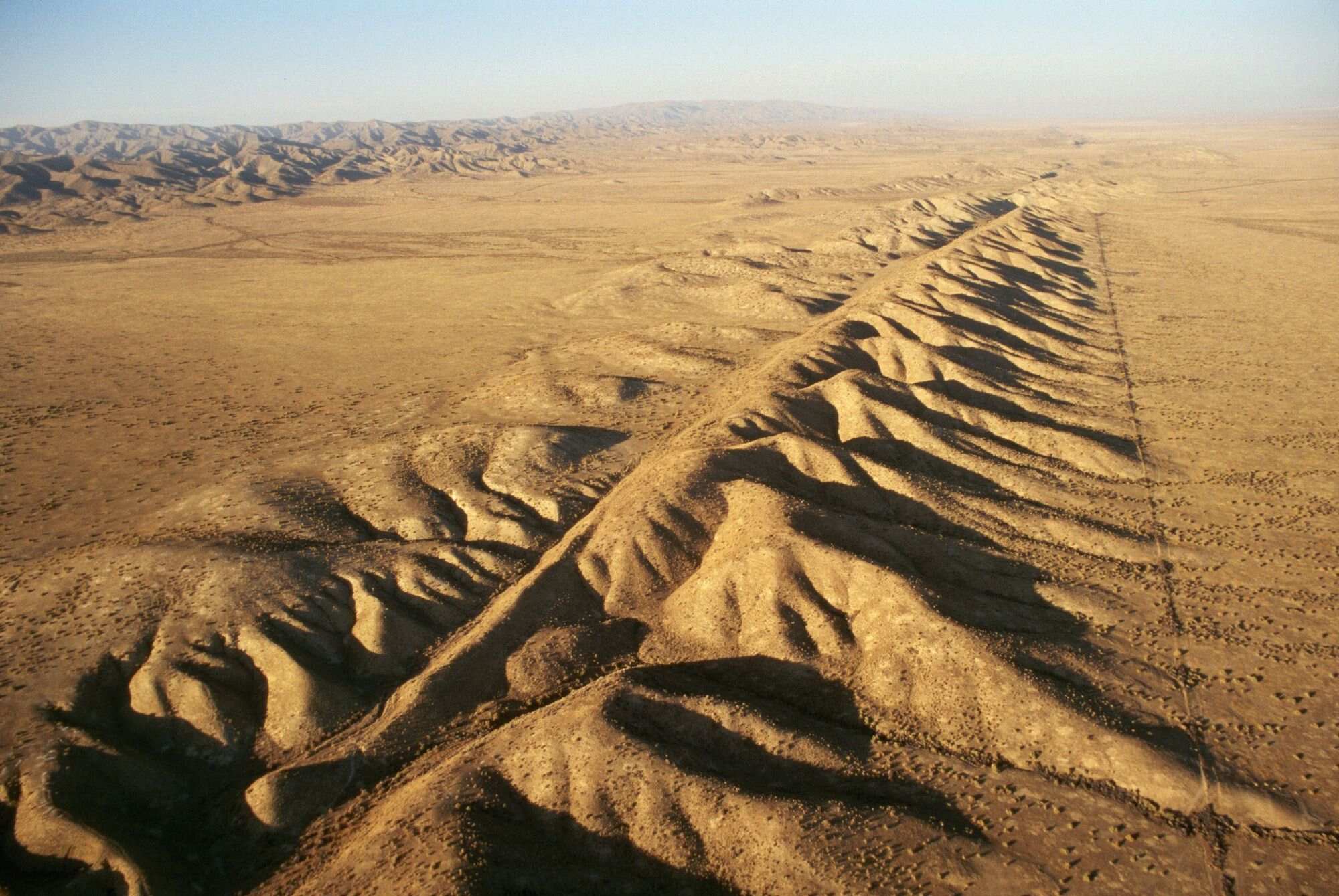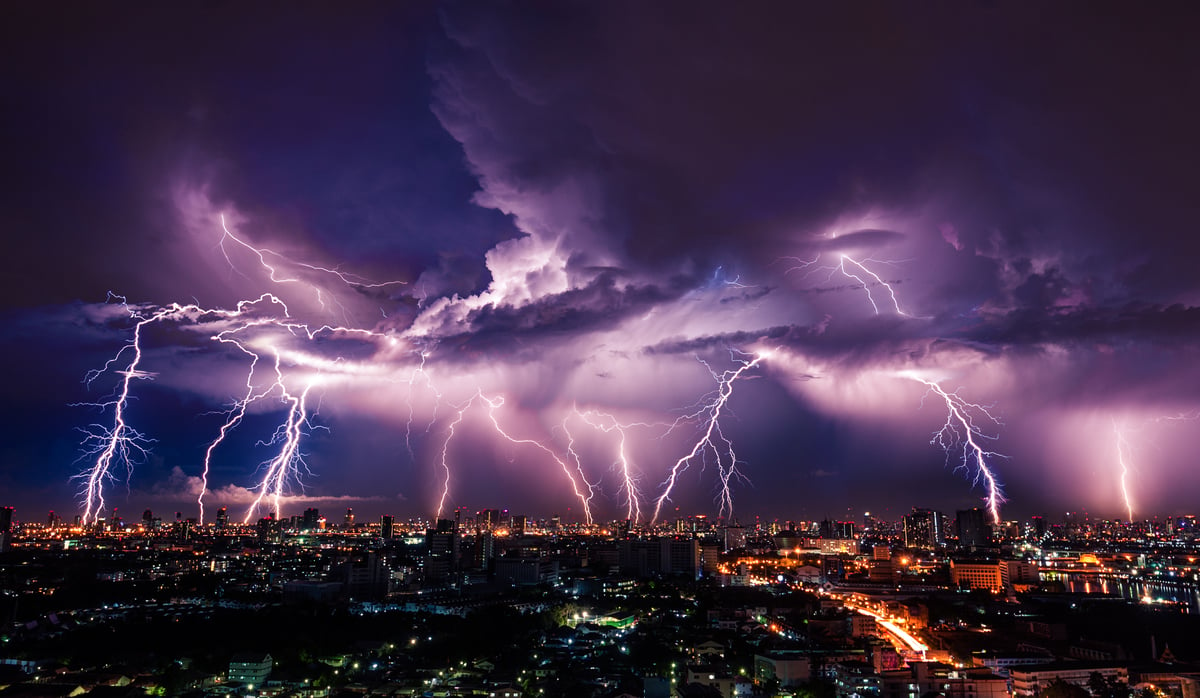
Ever wondered what makes the ground shake during an earthquake? Well, let me tell you about a giant crack in the Earth's crust that's responsible for some of the most jaw-dropping quakes in history: the San Andreas Fault. Stretching over 800 miles through California, this fault line is a battleground where two massive plates of the Earth's crust grind against each other. But what's so special about it? The San Andreas Fault is not just any crack; it's a geological marvel that has shaped landscapes, triggered historic earthquakes, and continues to pose a significant risk to millions. From its role in creating the iconic landscapes of California to its potential for future quakes, the San Andreas Fault is a fascinating subject that keeps scientists on their toes. Ready to get your mind blown by some ground-breaking facts about this seismic giant? Let's dive into the world of shakes, quakes, and tectonic plates!
Key Takeaways:
- The San Andreas Fault is a massive crack in the Earth's crust that causes earthquakes in California. It's been active for millions of years and has shaped the state's landscapes and culture.
- Scientists study the fault to understand earthquakes and plate tectonics. It moves slowly, influences ecosystems, and even forms hot springs. It's a crucial part of California's geography and the Earth's geological processes.
What is the San Andreas Fault?
Spanning over 800 miles through California, the San Andreas Fault is a continental transform fault that marks a boundary between the Pacific Plate and the North American Plate. This geological feature is responsible for significant earthquakes in the region, drawing attention from scientists and the public alike.
How Did the San Andreas Fault Form?
Around 30 million years ago, the Pacific and North American plates began their slow motion against each other. This movement created the fault line known today as the San Andreas Fault. Over millions of years, these tectonic plates have slid past one another, shaping the landscape of California and its seismic activity.
Significant Earthquakes Along the San Andreas Fault
- 1906 San Francisco Earthquake: One of the most devastating earthquakes in U.S. history, this event had a magnitude of 7.8 and caused widespread destruction.
- 1989 Loma Prieta Earthquake: Occurring during the World Series, this quake measured 6.9 on the Richter scale, leading to significant damage and loss of life.
Unique Features of the San Andreas Fault
- Visible from Space: Parts of the San Andreas Fault are so prominent that they can be seen from space, highlighting the vast scale of this geological feature.
- Pinnacles National Park: This park is home to rocks that traveled over 195 miles from their original location due to the movement of the San Andreas Fault.
The Impact of the San Andreas Fault on California
- Shaping Landscapes: The fault has created and altered landscapes, including the formation of valleys, mountains, and even influencing river paths.
- Threat to Infrastructure: Its presence poses a constant threat to buildings, roads, and bridges, necessitating stringent construction codes in California.
Predictions and Preparations for Future Earthquakes
- Early Warning Systems: California has developed early warning systems to alert residents of impending earthquakes, aiming to minimize damage and casualties.
- Seismic Retrofitting: Many older buildings have been retrofitted to withstand seismic activity, a testament to the ongoing efforts to protect against the fault's potential destruction.
The Role of the San Andreas Fault in Scientific Research
- Studying Plate Tectonics: The fault is a key site for researching the dynamics of plate tectonics and understanding earthquake mechanisms.
- Predicting Future Quakes: Scientists use data from the San Andreas Fault to improve earthquake prediction models, hoping to better forecast future events.
Fascinating Facts About the San Andreas Fault
- It Moves: The Pacific Plate moves northwest of the North American Plate at a rate of about 2 inches per year along the San Andreas Fault.
- A Long History: Scientists estimate that the San Andreas Fault has been active for at least 20 million years.
- Diverse Ecosystems: The fault line is home to a variety of ecosystems, from arid deserts to lush forests, each adapting to the unique conditions created by the fault's presence.
- Underwater Sections: Parts of the San Andreas Fault extend underwater, contributing to the complexity of studying this geological feature.
- Cultural Impact: The San Andreas Fault has influenced California's culture, inspiring movies, books, and even video games that explore the implications of living near such a dynamic geological boundary.
- Annual Creep: Certain sections of the fault experience a phenomenon known as "fault creep," where the ground slowly moves without causing earthquakes.
- Hot Springs Formation: The fault's movement has led to the formation of natural hot springs, which are popular recreational spots in California.
- Educational Tool: The San Andreas Fault serves as an outdoor classroom for geologists and educators, providing firsthand experience with the forces that shape our planet.
- Global Significance: While it is a defining feature of California's geography, the San Andreas Fault also plays a crucial role in the global study of seismic activity and plate tectonics, offering insights into the Earth's complex geological processes.
A Final Look at San Andreas Fault's Wonders
San Andreas Fault, stretching over 800 miles, is more than just a crack in California's landscape. It's a living, moving testament to Earth's dynamic nature. From its role in shaping California's geography to its influence on seismic activity, this fault line is a constant reminder of the planet's ever-changing surface. Understanding its mechanisms offers valuable insights into earthquake prediction and preparation, making it a crucial study area for scientists. Beyond its scientific significance, San Andreas Fault has become a point of fascination for adventurers and nature enthusiasts alike, drawn to its unique landscapes and the stories it tells about Earth's geological history. So, next time you hear about San Andreas Fault, remember, it's not just about the quakes; it's about understanding our planet's incredible power and beauty.
Frequently Asked Questions
Was this page helpful?
Our commitment to delivering trustworthy and engaging content is at the heart of what we do. Each fact on our site is contributed by real users like you, bringing a wealth of diverse insights and information. To ensure the highest standards of accuracy and reliability, our dedicated editors meticulously review each submission. This process guarantees that the facts we share are not only fascinating but also credible. Trust in our commitment to quality and authenticity as you explore and learn with us.


